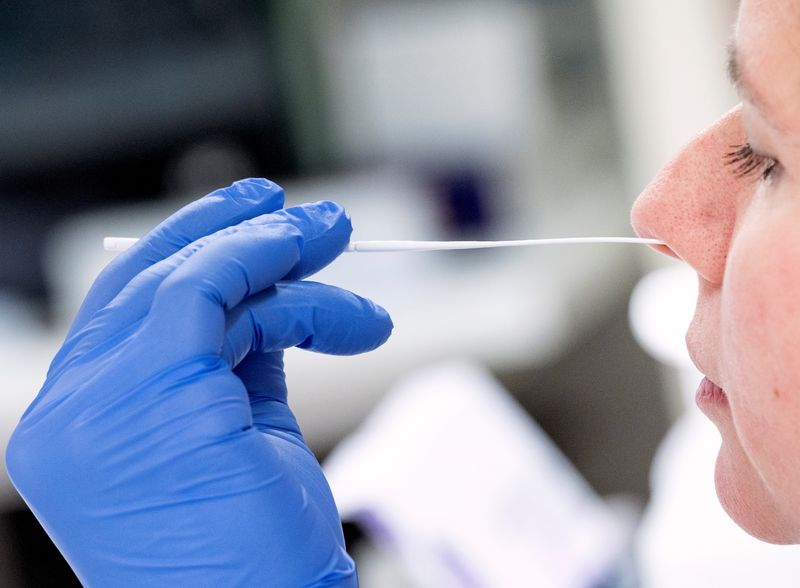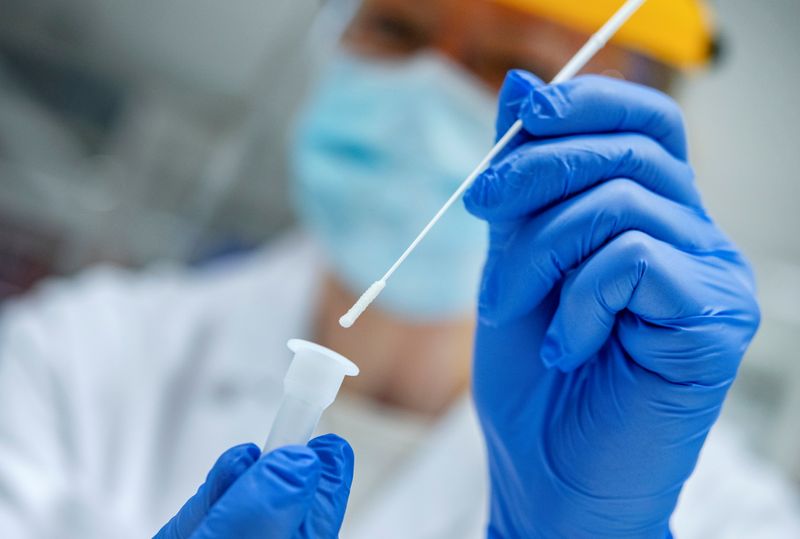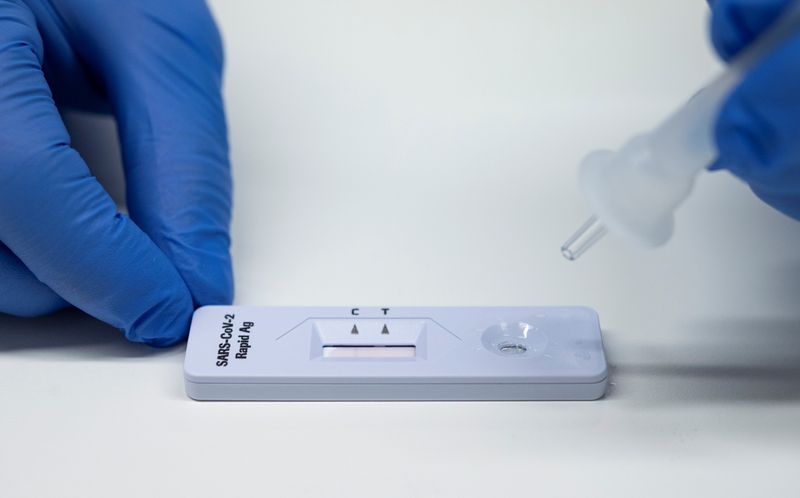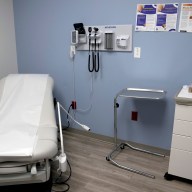GOTHENBURG, Sweden (Reuters) – Sweden is struggling to contain a second wave of COVID-19, partly due to a lack of testing capacity, which has left people waiting days for test results and thrust its unorthodox pandemic strategy into the limelight once again.
An international outlier shunning lockdowns and widespread face mask use, Sweden has set daily new case records through much of November after a lull over the summer.
The renewed outbreak has seen many of the country’s 21 regions, including Stockholm and Gothenburg, warning their testing capacity has maxed out with people turned away or waiting days to get a test and then the result, delays that hamper contact tracing, self-isolation and even care.
“The situation is very strained, there’s no doubt about that,” Social Affairs Minister Lena Hallengren told Reuters. “The regions are working very, very hard to increase capacity.”
European Centre for Disease Control data shows Sweden carried out a record 254,000 tests in the second week of November. Denmark and Norway, both with roughly half the population of Sweden and much lower infection rates, managed 486,000 and 157,000 tests respectively.
Sweden’s decentralised healthcare system has left its regions competing for lab capacity with some resorting to sending samples abroad.
“We should, of course, do more together and have joint tenders to build national capacity,” Ann Soderstrom, head of healthcare in Gothenburg’s Vastra Gotaland Region said.
“I know that the Public Health Agency is working on that, but we can’t wait on them. We must act now.”
Since the start of the pandemic Sweden has performed 2.7 million tests against Denmark’s 6.5 million and Norway’s 2.1 million. Meanwhile, Sweden’s COVID-19 death toll per capita is more than 10 times Norway’s and nearly five times that of Denmark.
In a bid to alleviate the situation, the Health Agency on Wednesday urged people to limit testing to when they had displayed symptoms for more than 24 hours. It also said it had been given an extended assignment by the government to coordinate testing capacity next year.
But for many, like Jennie Andersson, 44, in Gothenburg, the long wait was frustrating more than 11 months into the pandemic.
“It’s a disaster. It took four days before I could get tested and a further four days before I got the result,” she said. “You would have thought they would have managed to sort this out by now.”
(Reporting by Johan Ahlander; editing by Niklas Pollard and Alexandra Hudson)






















